Menu
Effortlessly manage safety tasks, achieve total compliance and experience complete peace of mind with safety solutions that are personal to you. 💫
Effortlessly manage safety tasks, achieve total compliance and experience complete peace of mind with safety solutions that are personal to you.
Are you finding juggling multiple safety suppliers and platforms a hassle?
Navitas Safety offers a comprehensive solution for all your safety needs, eliminating the need for multiple vendors.
With our convenient single-sign-on platform, you can efficiently manage everything in one place, simply.
Our tailored packages are designed to meet your specific requirements, ensuring a
seamless experience and optimal safety, without paying for services that you don’t need.
Are you finding juggling multiple safety suppliers and platforms a hassle?
Navitas Safety offers a comprehensive solution for all your safety needs, eliminating the need for multiple vendors. 💻 With our convenient single-sign-on platform, you can efficiently manage everything in one place, simply.
Our tailored packages are designed to meet your specific requirements, ensuring a seamless experience and optimal safety, without paying for services that you don’t need.

Be EHO ready 24/7, get 360° visibility
and ensure guaranteed accuracy with
an automated hardware and software system. The ultimate food safety solution for the highest safety standards.
Need a helping hand to elevate your safety standards? Our environmental health experts have been supporting businesses with their auditing, policy development, incident management and more; all with a personal touch for over 35 years.
Delegate the work to our Health and Safety Software and get total confidence. Utilise our audit management, risk assessment and incident management software to protect your people, properties and reputation with ease.
Motivate your teams and establish safety confidence with CPD accredited & EHO approved training. Choose from our e-learning course library, in-person training or bespoke course development.
Motivate your teams and establish safety confidence with CPD accredited & EHP approved training. Nurture your people and trust them completely. Choose from our e-learning course library, in-person training or bespoke course development.





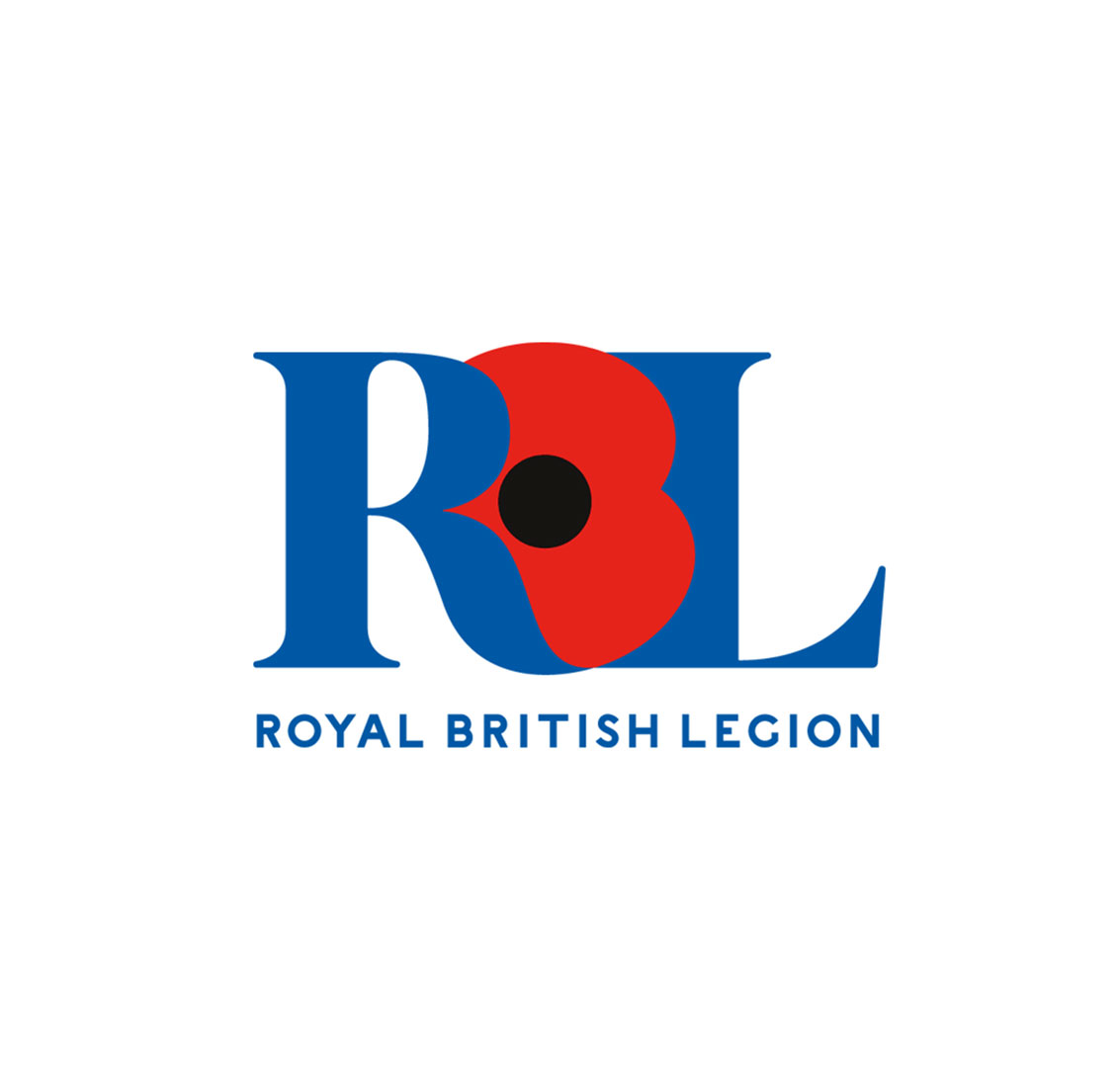



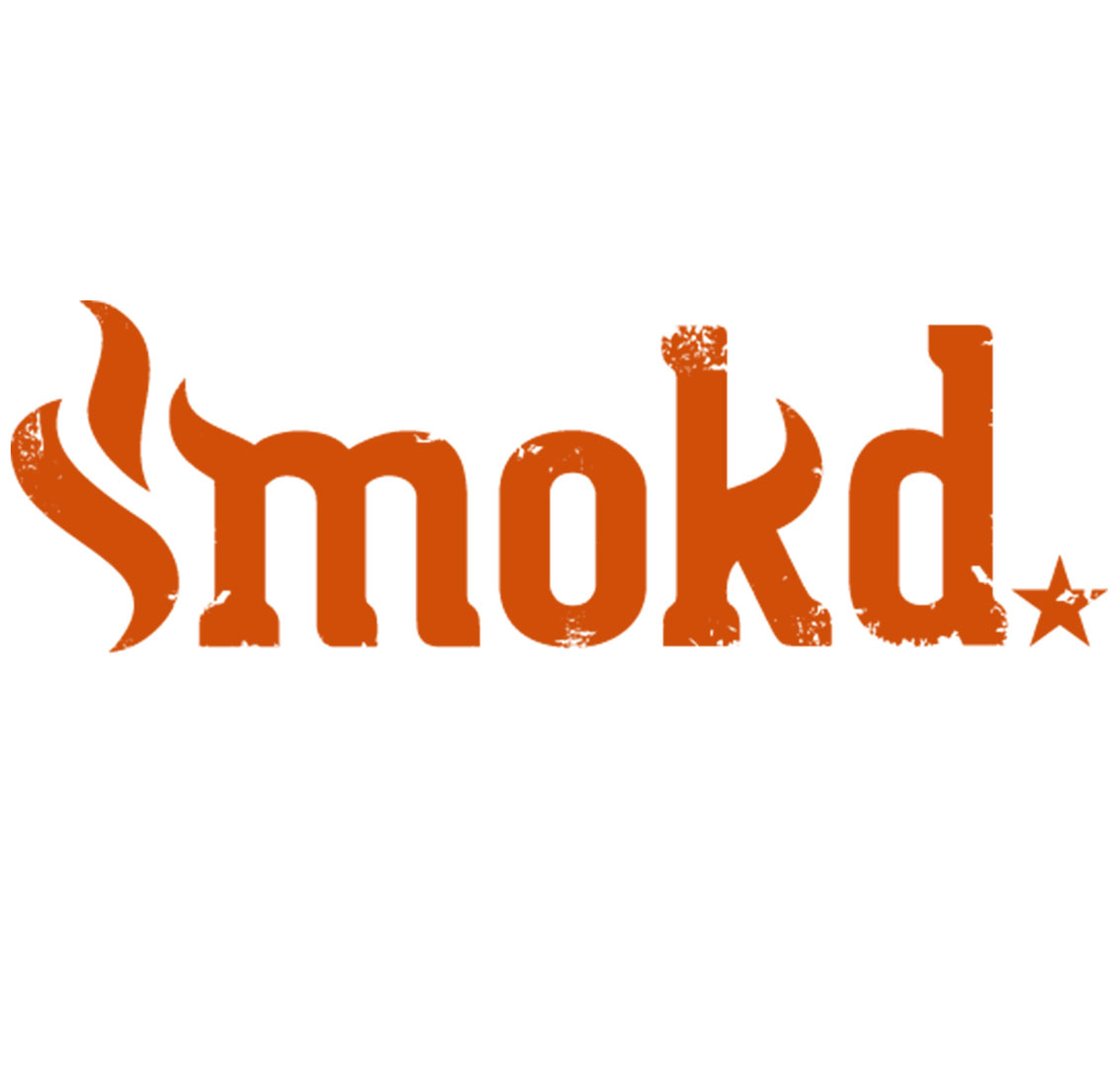
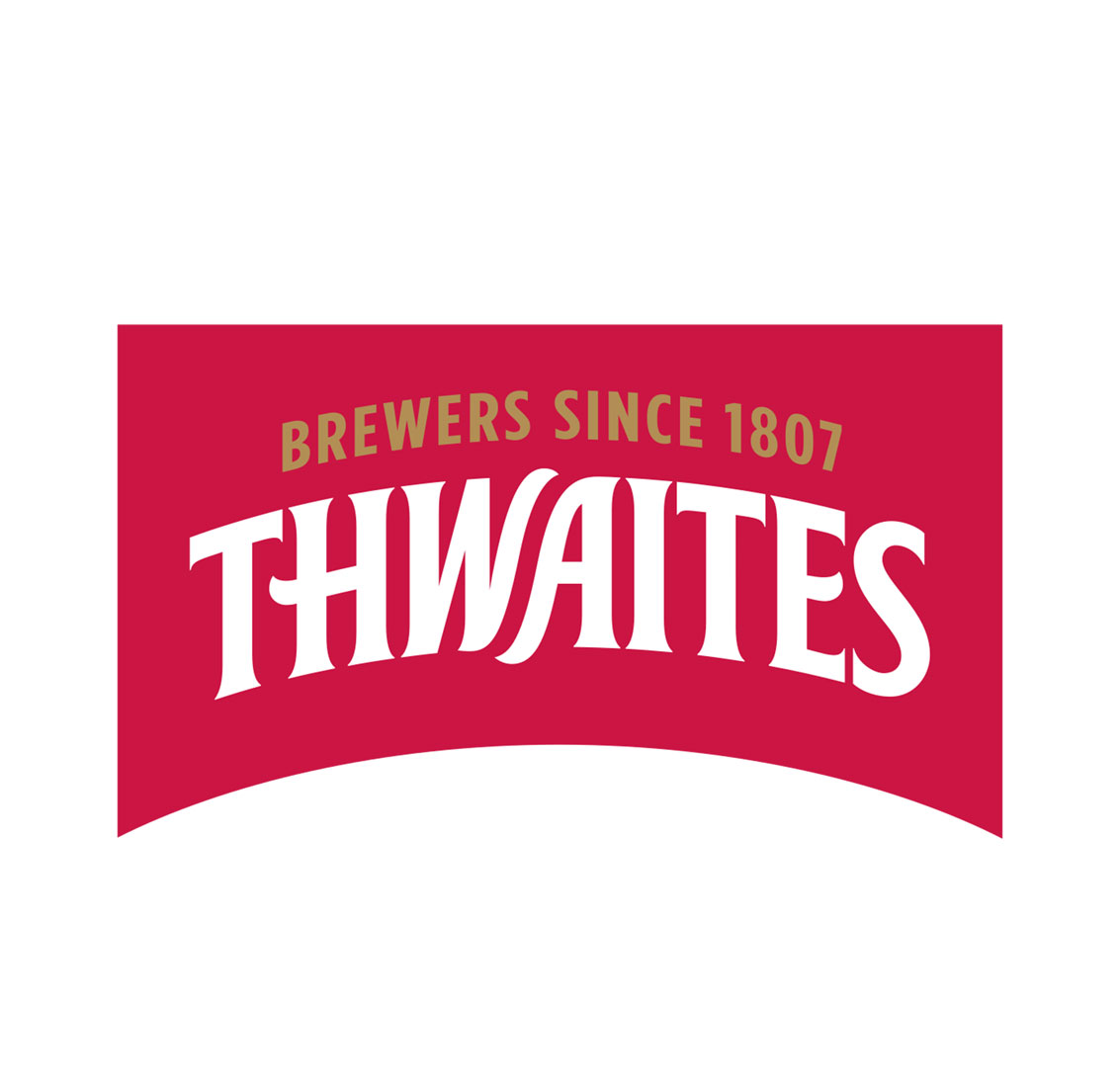
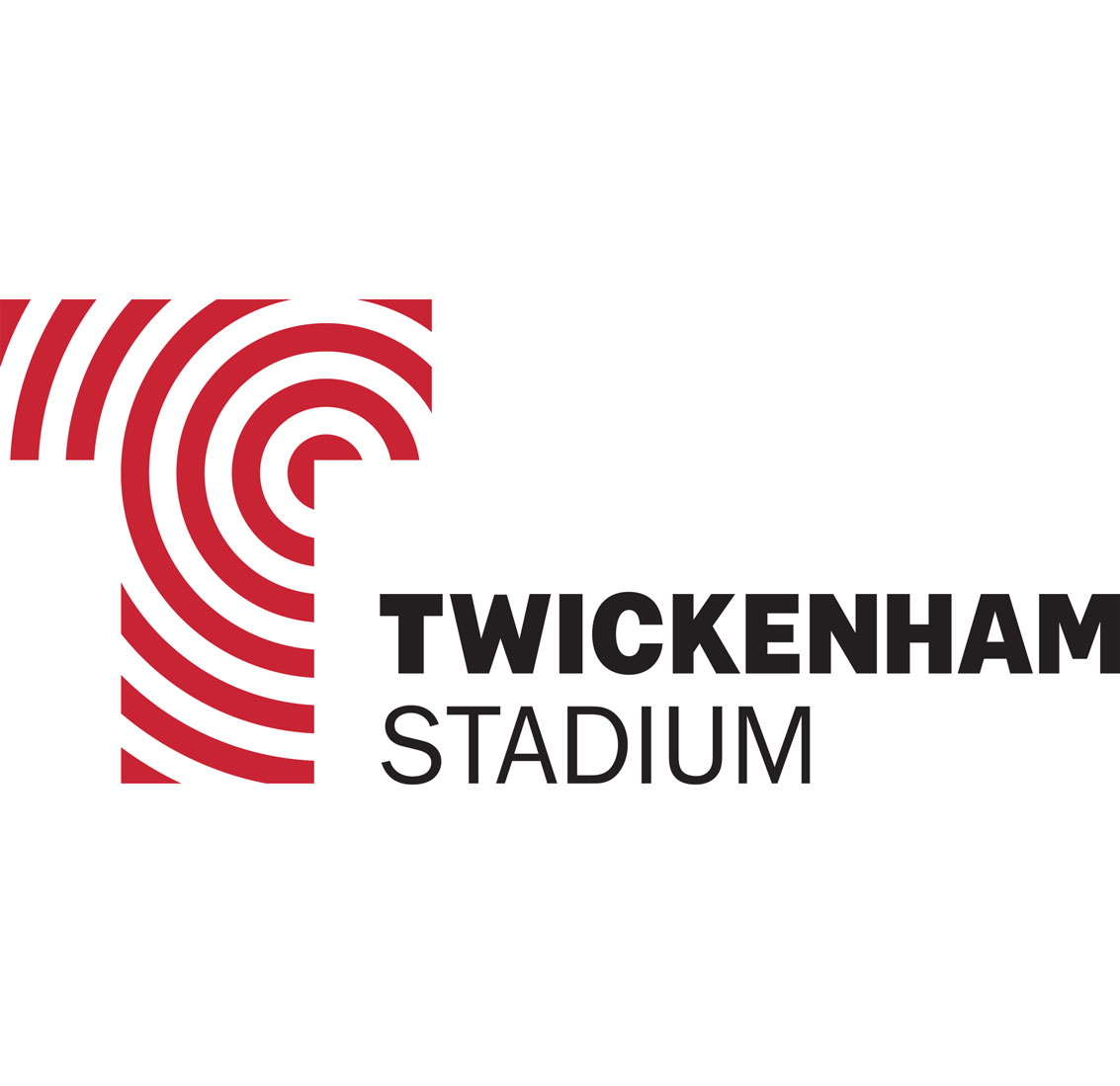


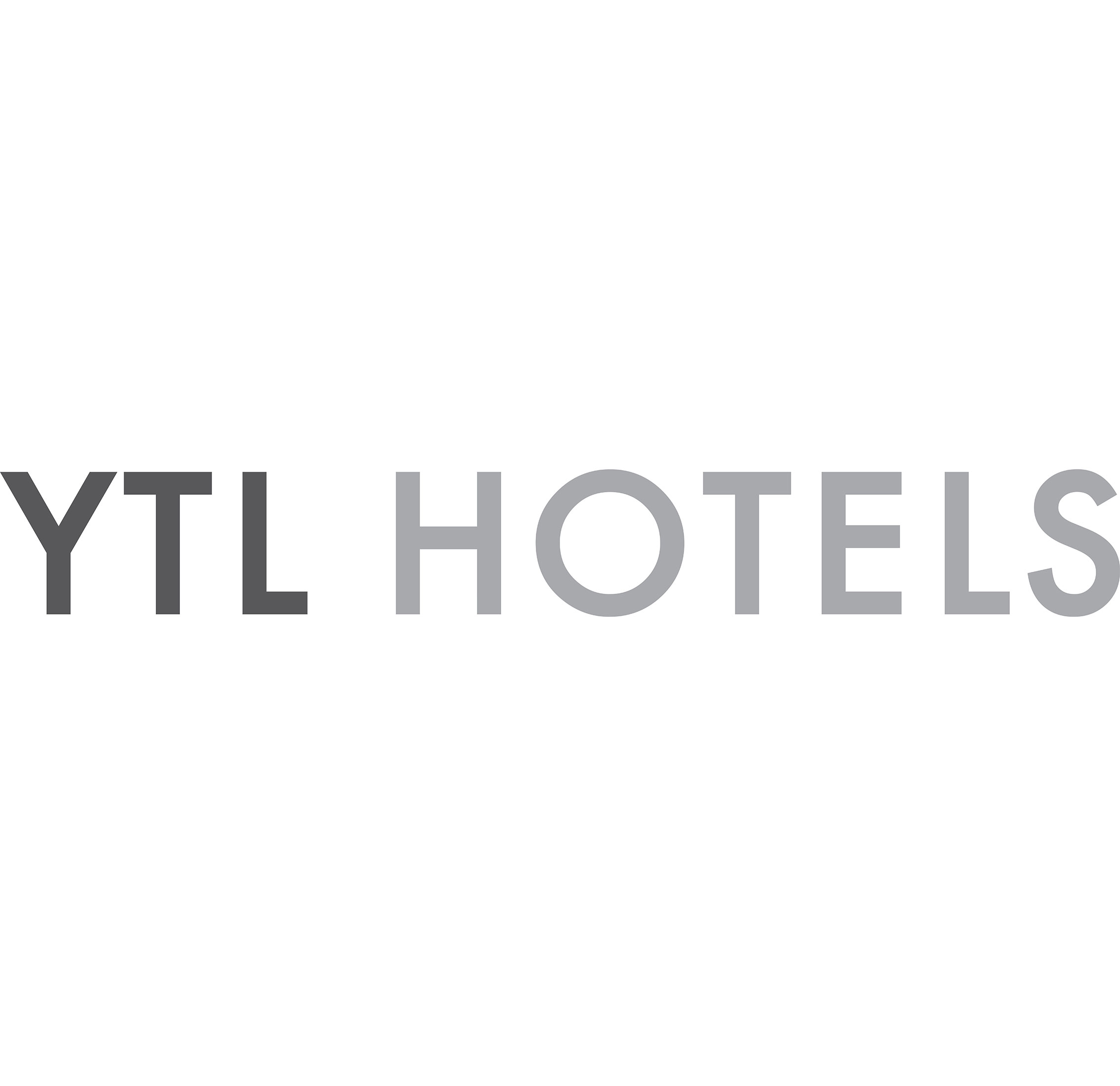

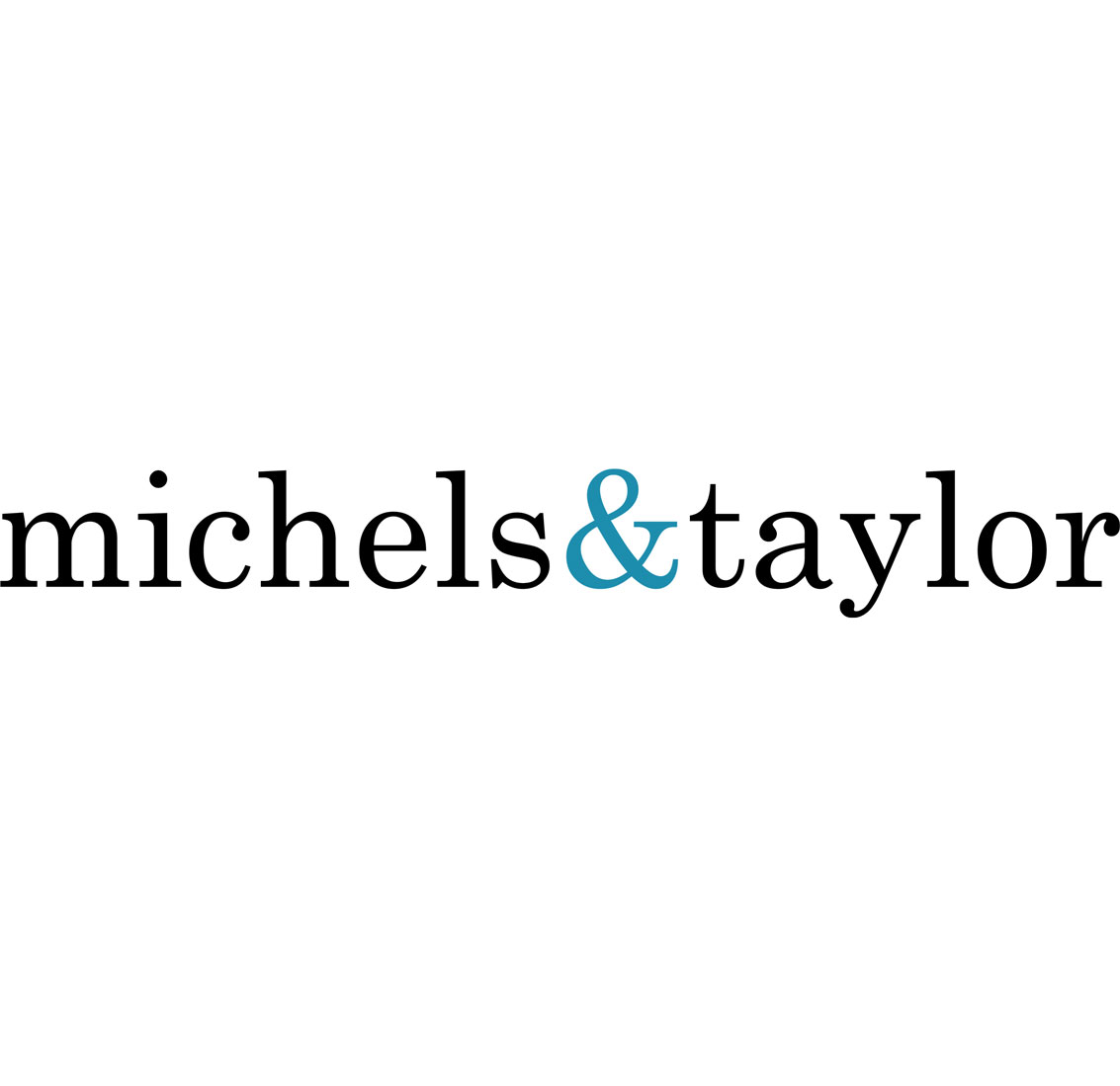






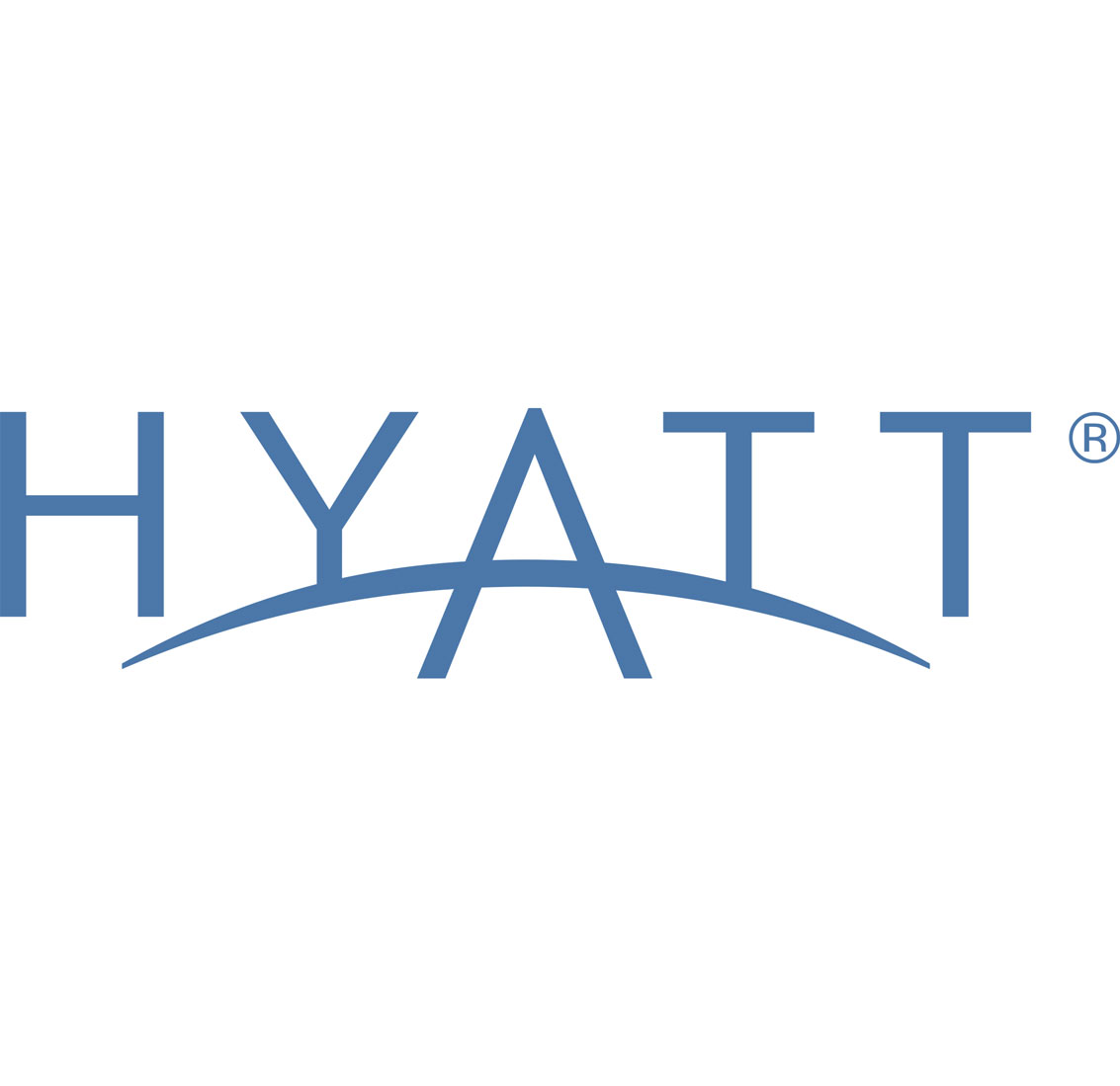
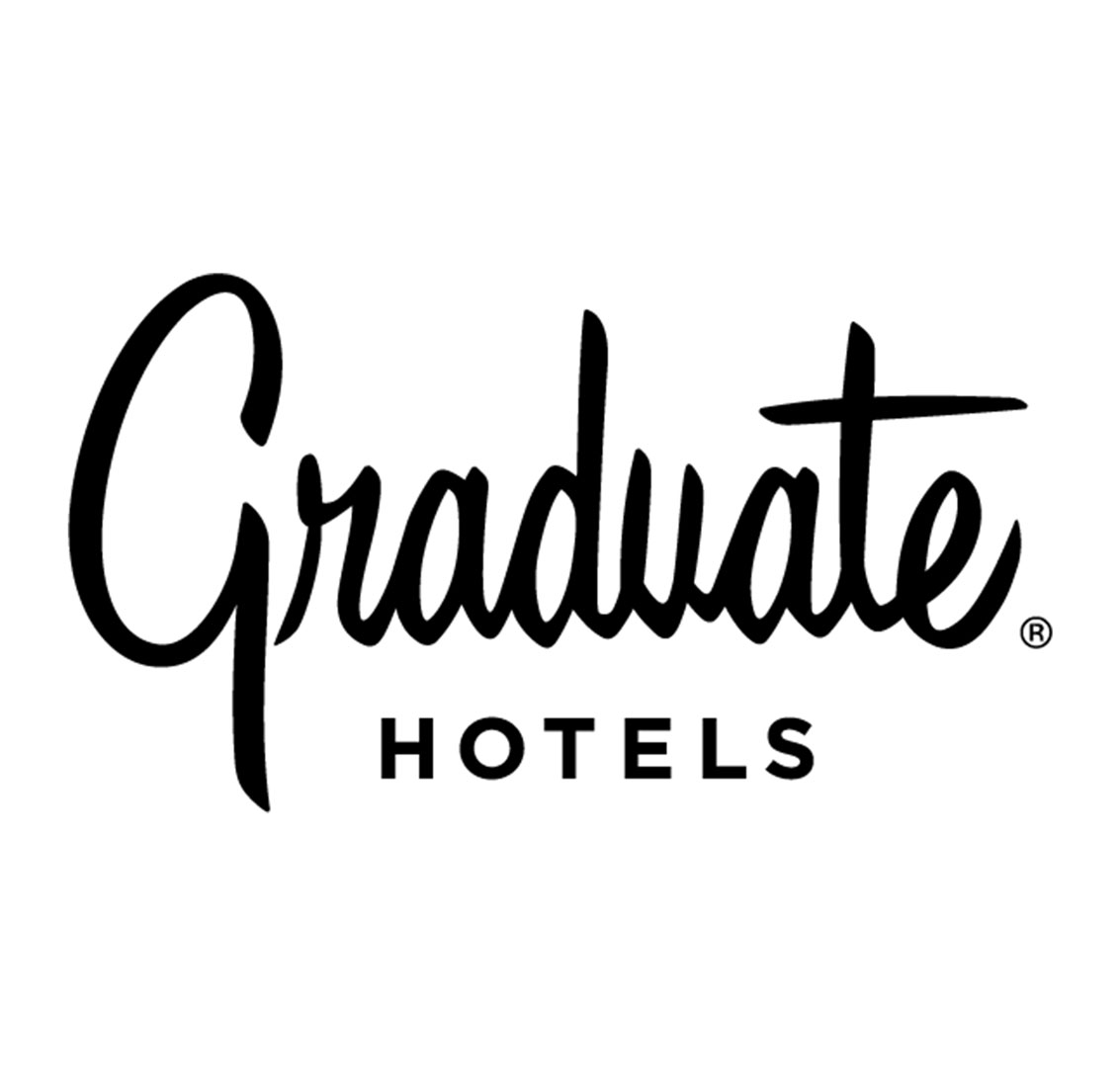
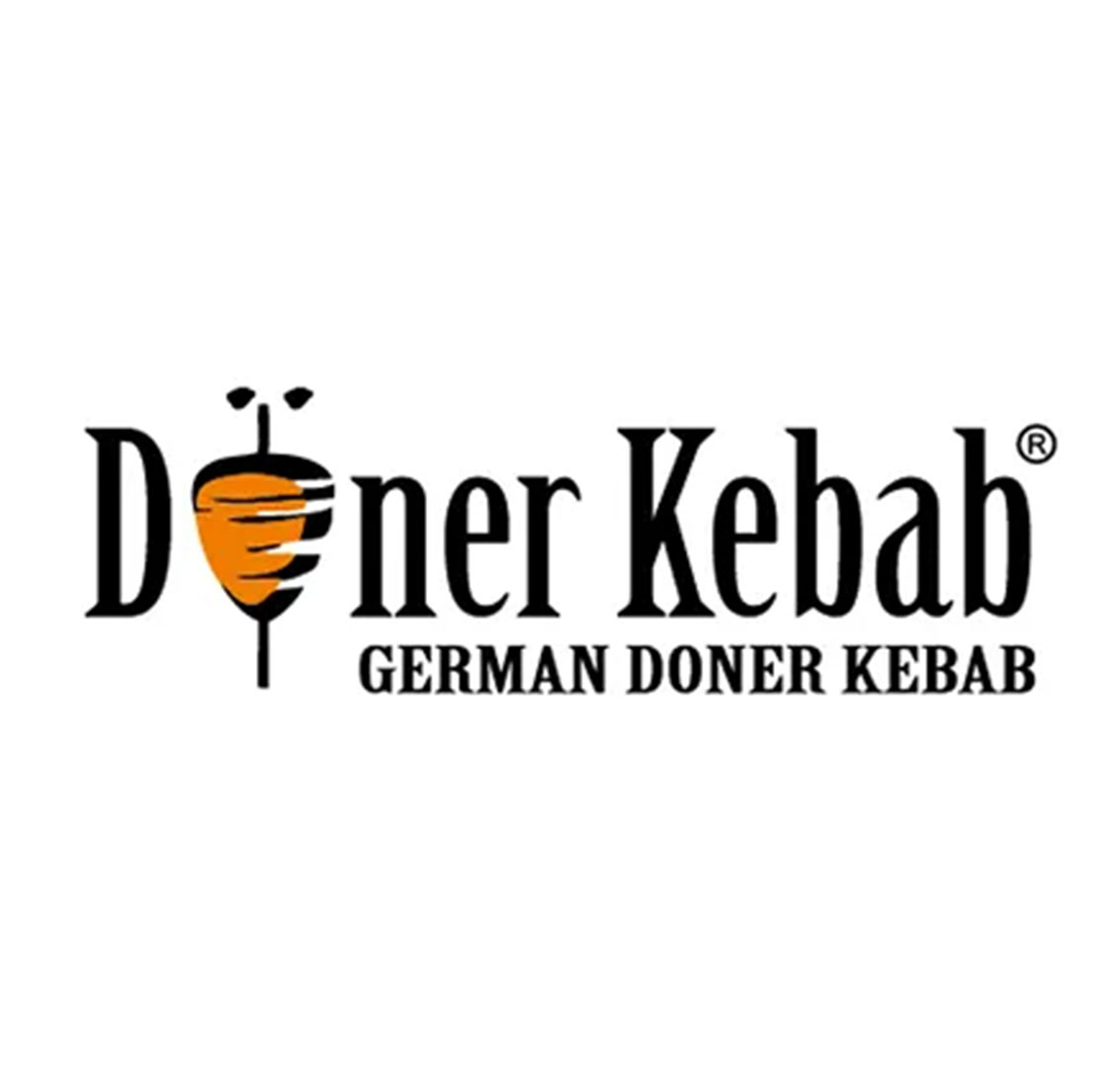

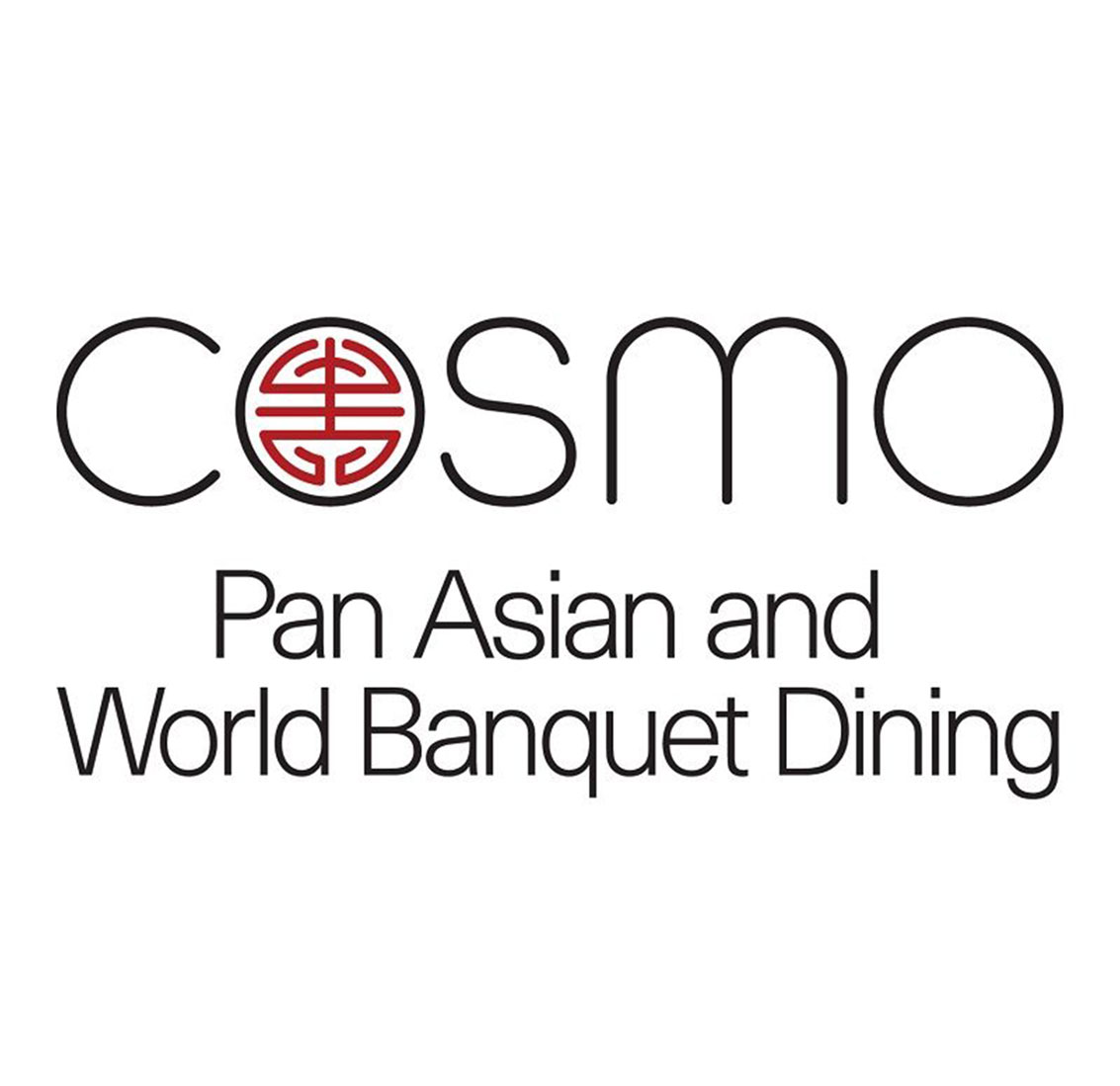






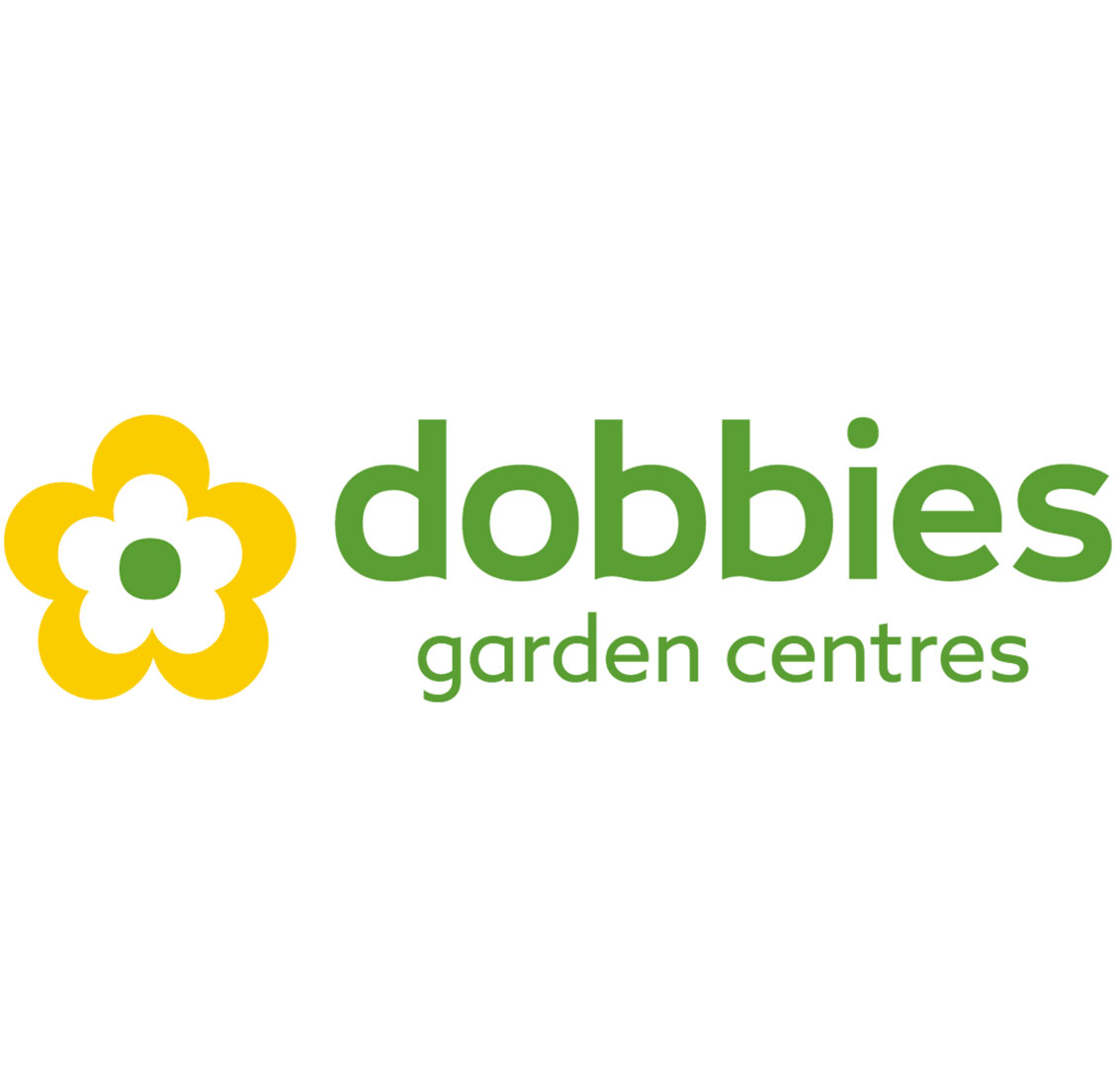

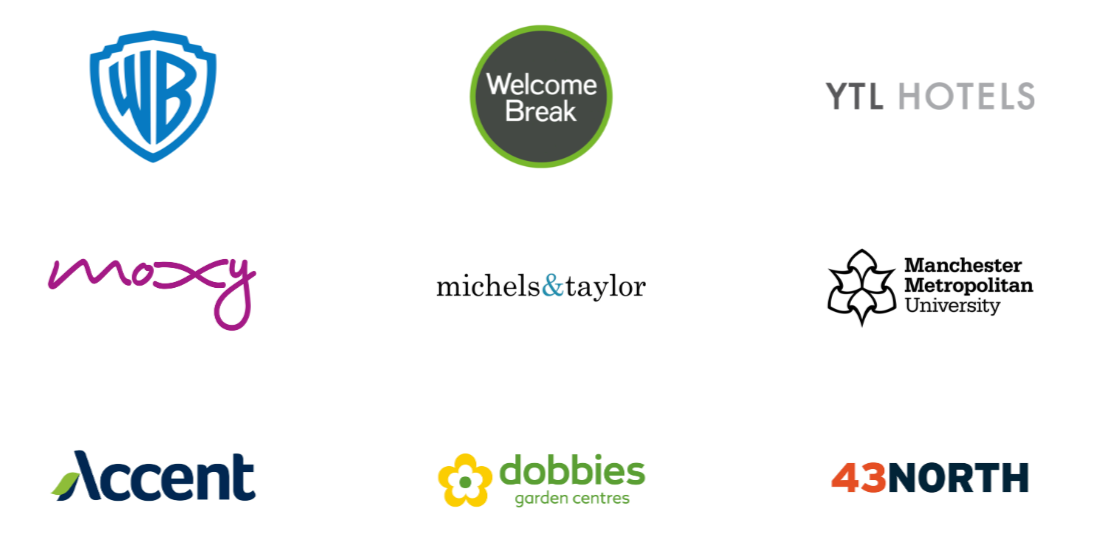

Sharing is caring - we love to share our food safety expertise. Our blog is where we share our passion for all things safety, including the latest trends in the foodservice and hospitality industry.
Let us take the weight off your shoulders! Our lovely experts are constantly sharing their best tips and tricks, which we turn into handy tools so you can master all of your food, fire and health & safety needs.
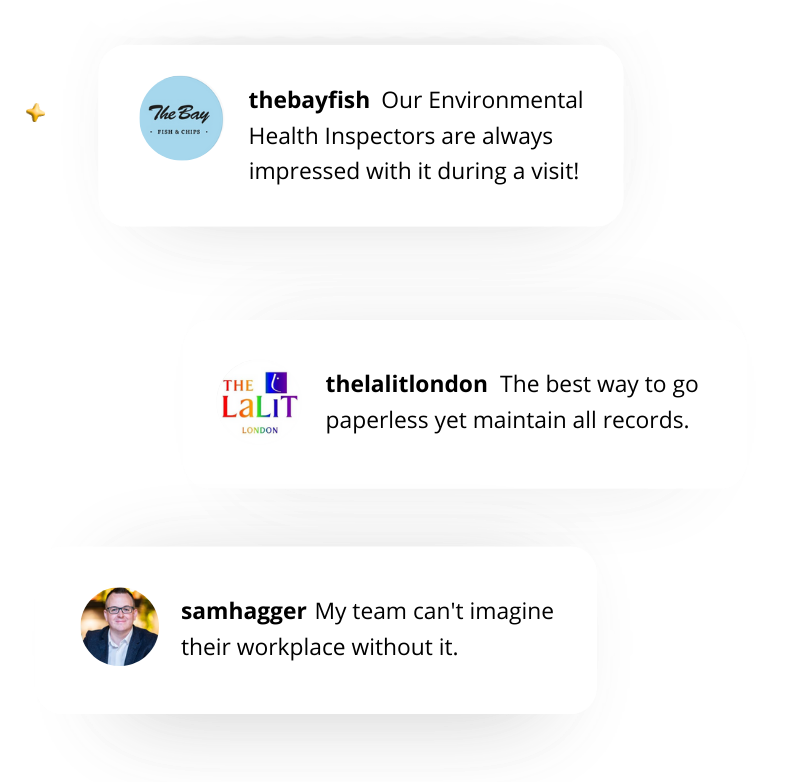
Tell us a bit more about your safety needs
to get the ball rolling - we'd love to know anything and everything!
We'll reach back out to you shortly with all the information you need to supercharge your safety solutions.
Tell us a bit more about your safety needs to get the ball rolling - we'd love to know anything and everything!
We'll reach back out to you shortly with all the information you need to supercharge your safety solutions.

By submitting your details you agree to the terms outlined within our privacy policy and terms and conditions.